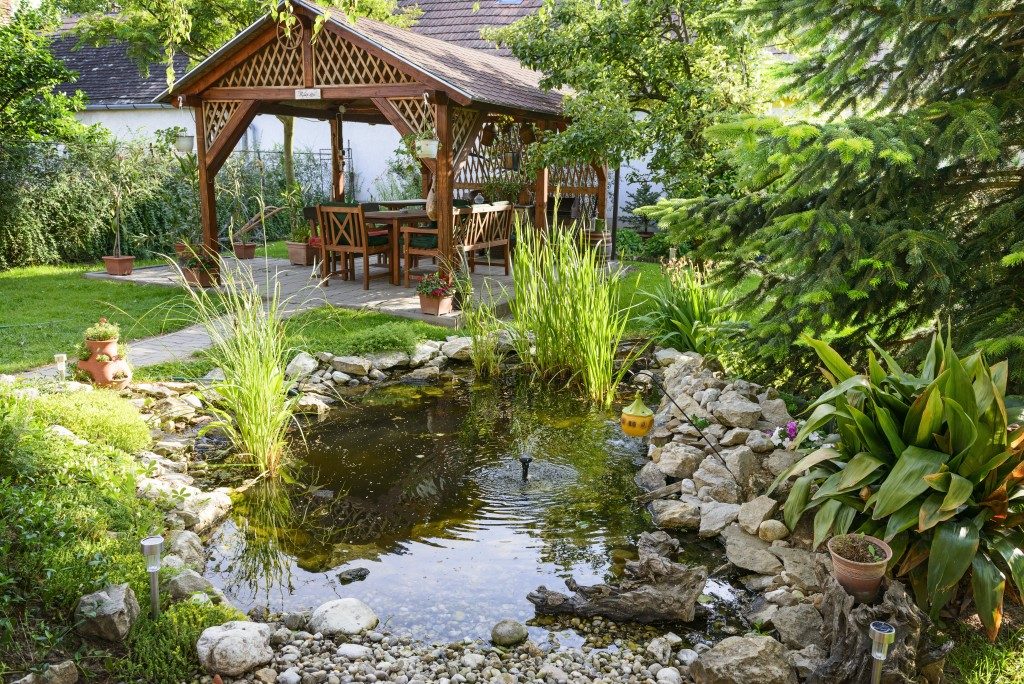When we think about gardens, we may imagine ourselves strolling down paths lined with lush flowers and greenery. Most of us would think that what makes a garden are the plants growing in them. But did you know there are gardens where plants are not central, and people aren’t meant to walk through them? These gardens are called karesansui and it is what westerners call Zen gardens. However, even this is a misnomer.
Not Zen gardens
The “Zen gardens” typically related with Japanese culture were not originally made for Zen. Neither did these originate from Japan. According to the Sakuteiki or “Records of Garden Keeping”, they were inspired by Chinese gardens during the Song Dynasty (960-1279). The practice of creating these gardens in Japan can be traced back to the 11th century during the Heian period (784-1185). It was only during the Muromachi period (1336-1573), when Zen Buddhism flourished in Japan, that the landscaping style was adopted for Zen purposes as well.
Now, rock gardens can often be seen in the Zen temples of Japan, which could be the reason they are commonly known in the west as Zen gardens. Since not every Japanese rock garden may not have been made for Zen purposes, calling all of them “Zen gardens” is inaccurate.
Karesansui
The word karesansui literally means “dry mountains and waters” or “dry landscapes”. In this landscaping style, greenery is not essential, but is made to evoke a certain imagery primarily by using rocks. Most karesansui are meant to portray images of mountains, rivers, and even seas, without using water. The elements we might commonly see in karesansui are wide areas of white sand with patterns, rocks, and greenery. The expanse of sand in these gardens usually signifies bodies of water and the patterns raked onto them represent waves or ripples. To achieve this effect, mulch is usually placed on the ground first to prevent the growth of weeds, then the sand or rocks are placed over it.
White sand and rocks are traditionally used in karesansui to symbolize purity. Meanwhile, big rocks placed in the middle of the sand typically embody mountains, and the greenery might illustrate islands, shores or banks. Some gardens may feature other objects or materials too, such as lighting elements or bamboo.
What to do with karesansui

Unlike traditional Western gardens with their flower-lined paths, karesansui are not typically made to be stepped upon. Not only would this upset the intricate patterns on the sand, but walking on it may not be convenient or even safe. Karesansui are made for contemplation, and visitors are supposed to focus their gaze on the gardens as they meditate on the deeper meaning of the world around them. Perhaps the notion of creating such gardens to represent vast natural formations could be related to the minimalist aspect of a Buddhist worldview. Should you find yourself meditating while gazing at the expansive sands of karesansui, the Zen concept of emptiness may come upon you.
Western properties sometimes refer to “Zen gardens” without knowing much about karesansui. If you decide to build one yourself, you can now do so with a fuller appreciation of their cultural context and function. And the next time you see a karesansui, you can experience and appreciate it even deeper than before.




